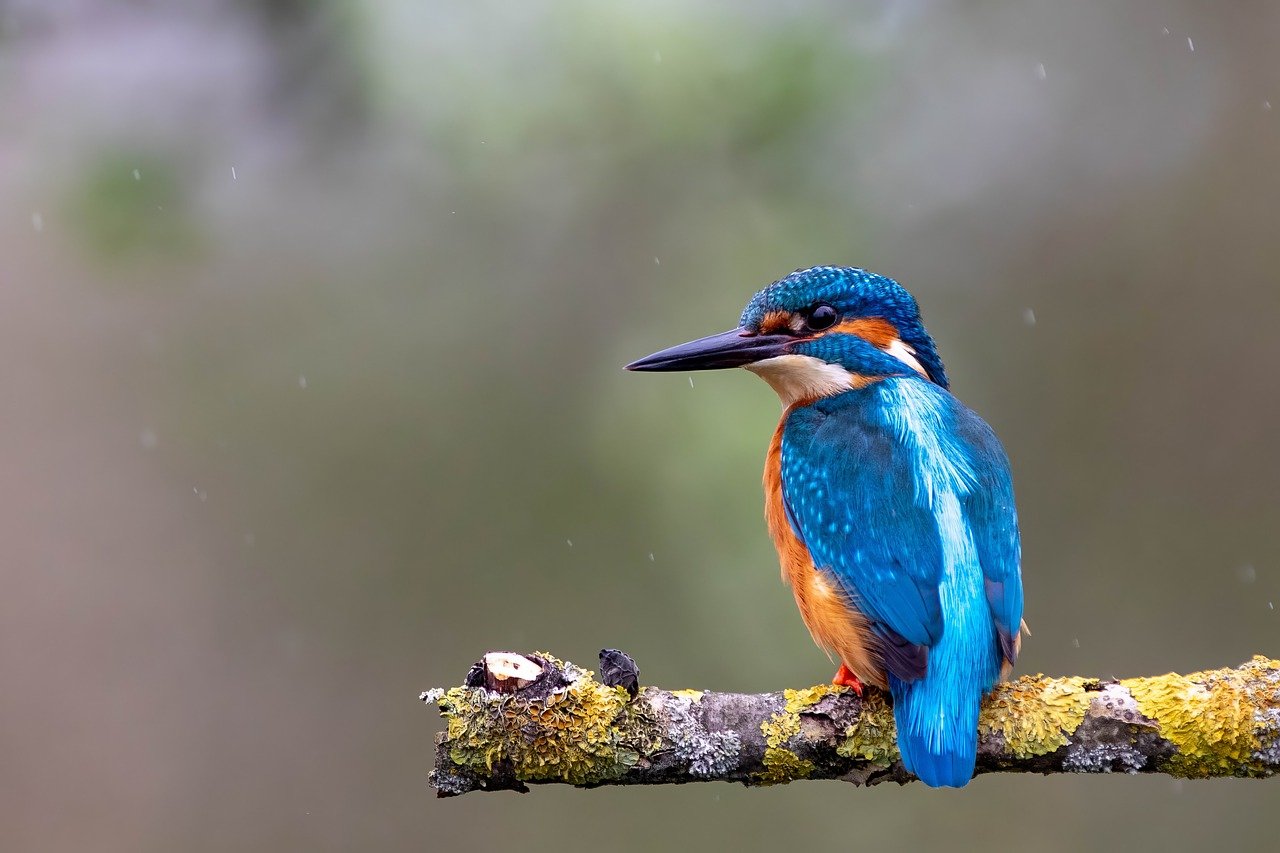Biomimicry: Nature-Inspired Solutions for Innovation and Sustainability

Biomimicry refers to the marvels of nature and how humans can try to replicate its designs in various areas of products, processes, and systems. Nature is the ultimate architect and a source of inspiration for us human beings to solve problems that are both innovative and sustainable.
The Earth, having undergone millions of years of evolution, likely offers solutions to many problems we are still discovering. One of the core principles of biomimicry is that by mimicking nature, we can harness these time-tested solutions. From the flight dynamics of birds to the super-hydrophobic characteristics that cause lotus leaves to be self-cleaning, nature has honed designs for billions of years with survival and efficiency in mind—innovations we can effectively mimic.
Examples of Biomimicry in Action
The Shinkansen bullet train — literally called a 'bullet' because of its speed of about 205 miles per hour (329 kph) — was designed by studying the beaks of kingfishers, which can dive into the water almost silently without any splash. Redesigning the train's nose to cut noise pollution efficiently was inspired by this observation.
Similarly, PowerCone Wind Turbines, which reduce peak loads by up to 10% while improving cut-in and power performance, took inspiration from the unique shape of maple tree seeds and their ability to rotate as they fall to enhance airflow efficiency. We've also borrowed communication techniques from dolphins to transmit messages through water. NASA gave us a robot capable of adhering to tough surfaces in space by replicating the adhesive properties found in gecko lizards' feet.
The flippers of humpback whales were the inspiration for the development of turbine blades with a unique uneven geometry on their leading edges. This design alters the flow of air for greatly improved aerodynamic performance and quieter operation.
Biomimetic Architecture
Biomimetic Architecture, much like biomimetic design, is a multi-disciplinary scientific approach that focuses on studying and applying construction principles evident in natural environments and species. For instance, termites have been known to control airflow through their mounds, maintaining a relatively constant temperature even in hot and arid regions. This natural ventilation system inspired the design of the Eastgate Centre office building in Harare, Zimbabwe, which reduces energy consumption for heating and cooling.
Surprisingly, we also share anatomy with the Iron Lady—the Eiffel Tower. The curves in the femur's head are mirrored in the tower’s curvature, enabling it to withstand strong winds. The tower’s nested trusses display a three-level hierarchical structure, similar to the branching patterns of trees, enhancing stiffness and fracture resistance.
Similarly, the Tao Zhu Yin Yuan, better known as the Agora Garden Tower in Taipei, Taiwan, features a double helical structure based on the structure of human DNA. This not only offers an impressive view but also increases the total surface area and provides seismic resistance by replicating the mechanism of weight transfer seen in a skier.
Conclusion
In conclusion, biomimicry in the long run can prove to be very energy-efficient and cost-effective. It can encourage providing systems that are adaptive, self-governing, and respond intelligently. These strategies can help solve various problems humanity faces today, offering sustainable solutions inspired by the designs and processes perfected by nature over millions of years.
Similar Post You May Like
-

CFCs, HFCs and their long, troubled history
At its peak, the ozone hole covered an area 7 times larger than the size of Europe, around 29.9 million km2, and was rapidly expanding
-

The Origin of Universe: Deciding point where it all began!
Let us unravel and surf through the ideas throughout ages to understand what the universe and its origin itself was to its inhabitants across history.
-

The Artemis Program
Inspired by the Greek goddess of the Moon, twin sister to Apollo, the artimis program was named on 14 May 2019 by Jim Bridenstine.






